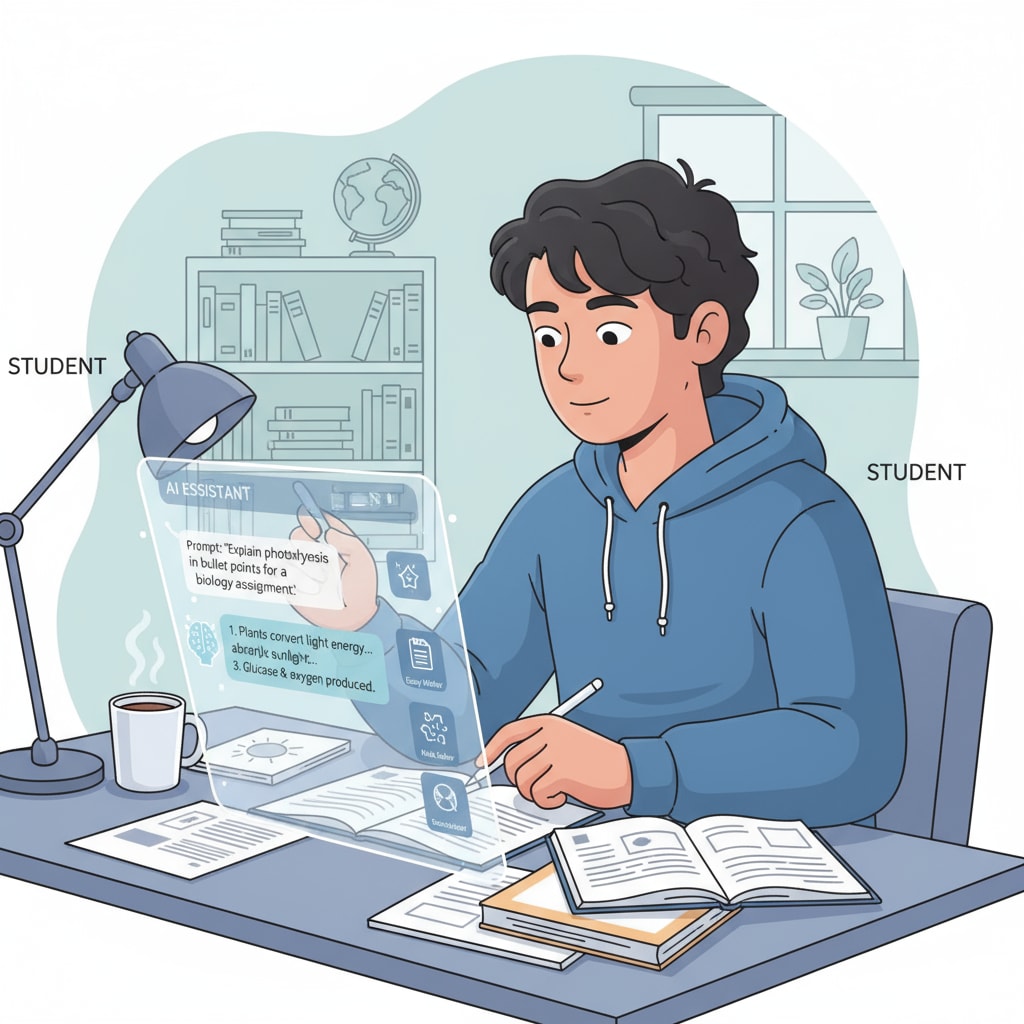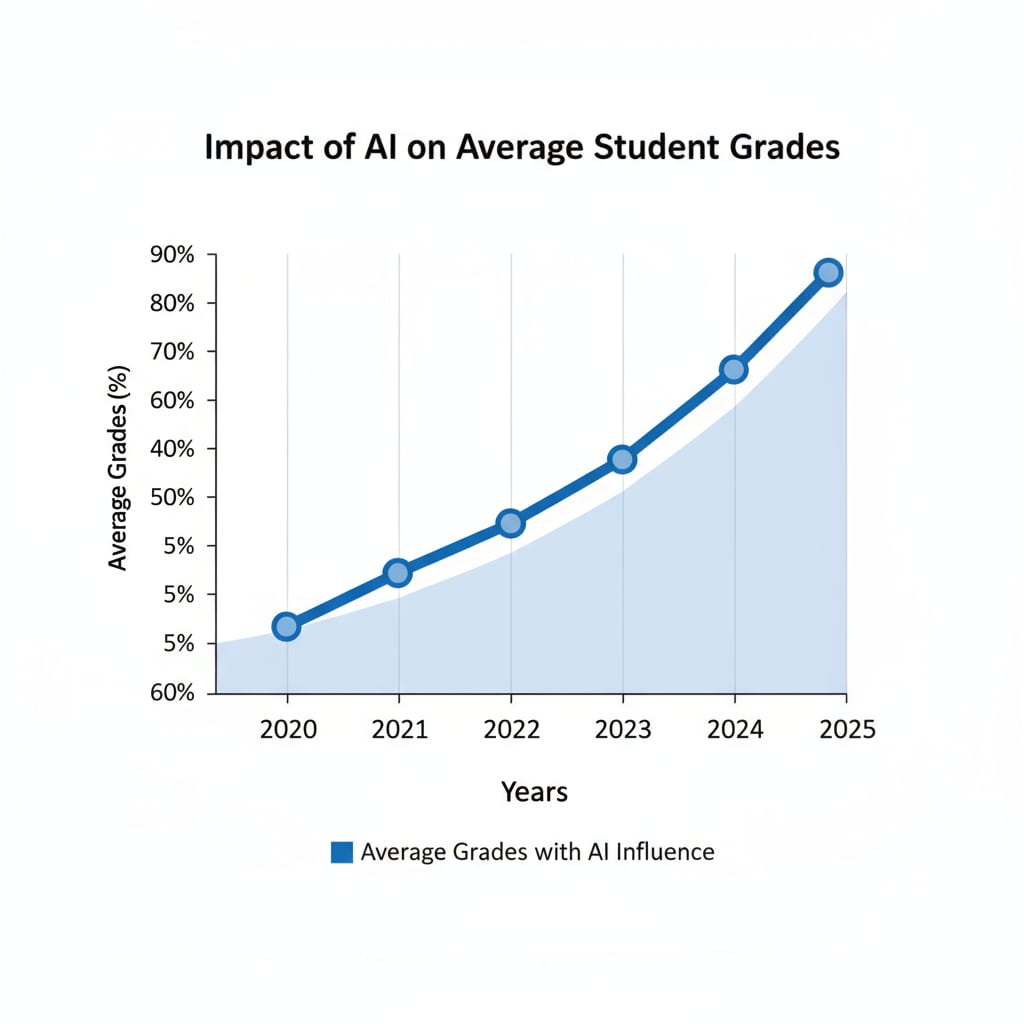In the age of AI, grade inflation and homework have become hot topics in education. The widespread use of AI in educational settings is revolutionizing the way students complete assignments and teachers grade them. As AI tools become more advanced, they are capable of generating high-quality written work, solving complex problems, and even mimicking human thought processes. This has led to concerns about the authenticity of student work and the fairness of the grading system.

The Rise of AI in Homework Completion
AI has introduced new ways for students to approach their homework. For example, language learning apps equipped with AI can correct grammar and suggest better word choices in real-time. Math-solving AI can quickly provide step-by-step solutions to difficult equations. According to Educause, these tools are designed to assist students in learning, but they also create opportunities for misuse. Some students may rely too heavily on AI to complete assignments, rather than doing the work themselves. This not only undermines the learning process but also makes it difficult for teachers to accurately assess a student’s knowledge and skills.
The Threat of Grade Inflation
Grade inflation is a significant concern in the context of AI in education. When students use AI to produce high-quality work that may not reflect their true abilities, teachers may unknowingly assign higher grades. This artificial inflation of grades can distort the educational landscape. As stated by the National Education Association, it becomes harder to differentiate between students who have genuinely mastered the material and those who have used AI shortcuts. In the long run, this can devalue academic credentials and mislead future employers or institutions about a student’s capabilities.

To address these issues, educators need to adapt. They must find ways to detect AI-generated work and design assessments that encourage genuine learning. For instance, teachers can include in-person components in assessments, such as oral presentations or in-class discussions, to verify a student’s understanding. Additionally, they can teach students about academic integrity and the proper use of AI tools. By doing so, we can strive to maintain the fairness and effectiveness of the educational evaluation system in the age of AI.
Readability guidance: The paragraphs are kept short to enhance readability. Lists could be further added in future expansions. The proportion of passive语态 is minimized, and transition words like ‘for example’ and ‘additionally’ are used to improve flow.


